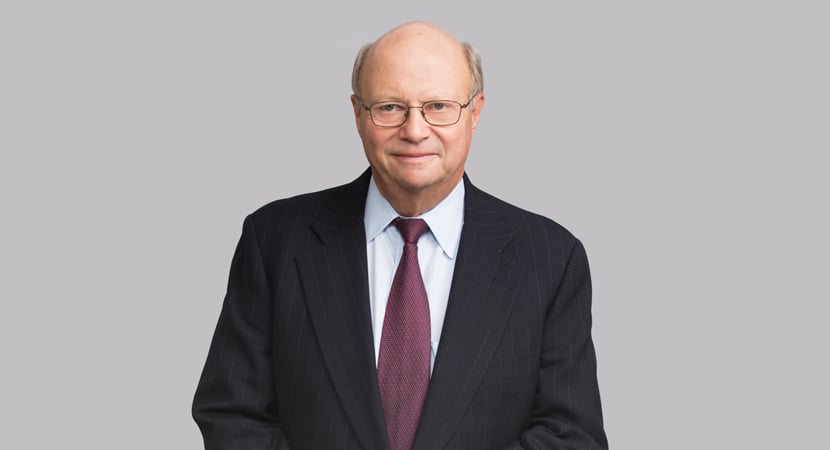Ninth Circuit affirms dismissal of Lanham Act claims brought by former model Janice Dickinson over allegedly false portrayal of her in reality television series, holding claims to be barred by First Amendment principles under Rogers v. Grimaldi test.
Plaintiff Janice Dickinson, described in her complaint as a “legendary supermodel” and “popular culture icon,” sued Ryan Seacrest Productions, NBCUniversal Media, Truly Original and fashion designer Erik Rosette after Dickinson was allegedly featured in an unfavorable light without her permission on an episode of the Bravo television series Shahs of Sunset. Dickinson had alleged that defendants conspired to script the episode to “include a false controversy in which they would make it appear that [Dickinson] intentionally stole or bullied her way into wearing [a romper] that had supposedly been previously selected for Golnesa Gharachedaghi, a lead character on the series.” On that basis, and the associated use of her “mark” (her name and likeness), Dickinson asserted claims for false endorsement, false advertising and trademark dilution under the Lanham Act, as well as related state law claims.
The district court twice dismissed Dickinson’s claims on various grounds, including that the First Amendment protected defendants’ allegedly infringing use under the two-pronged Rogers v. Grimaldi test (read our summaries of the court’s decisions here and here). On Dickinson’s appeal, the Ninth Circuit affirmed the dismissal on that basis on its de novo application of the Rogers test.
As an initial matter, the court rejected Dickinson’s attempt to impose additional threshold requirements on the application of Rogers, explaining that “the only requirement … is a threshold legal showing that [the] allegedly infringing use [was] part of an expressive work protected by the First Amendment.” Finding that this threshold was easily satisfied, the court held that the allegedly false portrayal of Dickinson in the episode and related advertisements was insufficient to satisfy the second prong of the Rogers inquiry—whether the use of Dickinson’s name and likeness was “explicitly misleading” as to the source or content of the episode.
As to source misrepresentation, the court explained that to clear the second prong of Rogers under Ninth Circuit precedent, Dickinson’s appearance must have explicitly misled consumers into believing that Dickinson “endorsed or sponsored Shahs.” Because there were no such explicit misrepresentations, “Dickinson failed to allege that [defendants’] use of the mark is explicitly misleading as to source or sponsorship.”
As to content misrepresentation, Dickinson argued that “two alleged false representations act together to deceive consumers into believing the romper controversy actually occurred: (1) that Shahs is unscripted and portrays real-life events; and (2) in the episode, Dickinson stole the romper and had a confrontation with a Shahs cast member related to the romper.” The court clarified, however, that “the relevant inquiry is not simply whether the content or advertisements are misleading, but whether the [defendants’] use of the mark explicitly misleads consumers as to the content of the work.”
On that inquiry, the court concluded, the alleged misrepresentations were insufficient to satisfy Rogers’ second prong considered individually or collectively. Regarding the general representations that the show “is unscripted and portrays real-life events,” the court explained that Dickinson’s “mark has no bearing on whether Bravo advertises [its] show as a scripted series or reality television.” Regarding Dickinson’s allegedly false portrayal in the episode specifically, the court explained that “the identified clips and equivocal statements containing the mark accurately portray the content of the episode,” regardless of whether the content itself was allegedly misleading. Finally, the court concluded, “[e]ven considered collectively, the alleged misrepresentations do not explicitly mislead consumers but only implicitly suggest that the romper controversy actually occurred.”
Accordingly, the Ninth Circuit panel ruled that the district court properly dismissed Dickinson’s Lanham Act claims and remaining state law claims, the latter upon declining to exercise supplemental jurisdiction.
Summary prepared by Wook Hwang and Mary Jean Kim
-
 Partner
Partner -
 Partner
Partner -
 Co-Chair, Litigation
Co-Chair, Litigation -
 Chair, Luxury Brands; Co-Chair, Advanced Media and Technology; Chair, Intellectual Property Protection
Chair, Luxury Brands; Co-Chair, Advanced Media and Technology; Chair, Intellectual Property Protection -
 Partner
Partner -

-
 Legal Publications Editor
Legal Publications Editor
)

